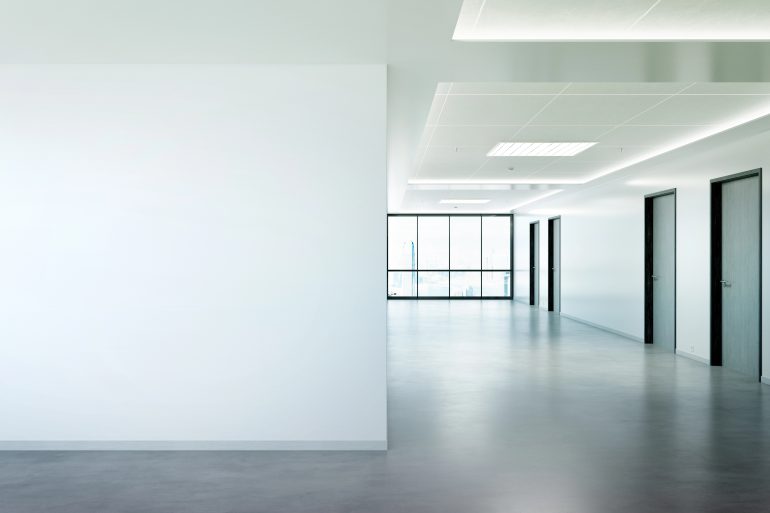Lack of housing
For the younger generations of today, rising house prices are a constant source of upset. Across Europe, house price increases have dramatically outpaced inflation and earnings growth. The result is that for many young people, especially those who do not benefit from wealthy family connections, the dream of owning their own home one day seems to be drifting further and further away.
At the heart of tackling this issue is the need to ramp up the supply of housing. ‘Supply and demand’ is a basic law of economics. Building more houses or converting existing buildings into homes, will increase the supply of houses and therefore help bring their prices down, or at least slow the pace of price increases. In the Netherlands, a new study suggests an innovative avenue to achieve that goal.
Offices sitting empty
Like many countries, the Netherlands is now littered with empty, disused or underused office buildings. Thanks to the legacy of working from home after the Covid pandemic, as well as the benefits of technology meaning that many jobs can be done remotely, and the consequences of globalisation leading to many jobs being outsourced, there is simply less demand for companies to have large office spaces than in years gone by.
The data on this front is quite extraordinary. In total, the Netherlands is home to 148,000 office buildings, covering hundreds of square kilometres. According to NOS, as of the final quarter of 2023, 6 per cent of those offices were vacant. That leaves a substantial amount of real estate, often in prime locations, sitting completely empty.
According to some, that means there could be an intriguing opportunity to turn some of that vacant office space into housing. Intuitively, it makes sense; when there is an oversupply of one time of property (offices) and a chronic undersupply of another (housing), converting the former into the latter and selling them as houses on the open market would seem to be productive and helpful.
Surprising statistics
The data supports this idea. Property research company Matrixian has produced a new study shedding light on the scale of the opportunity. According to the research, a whopping 36 per cent of vacant offices are located in areas already suitable for living. That is the equivalent of 167 square kilometres, which is almost 0.4 per cent of the Netherlands’ total land mass. This thesis is corroborated by earlier research from property adviser Colliers, which found unwanted office space could produce 60,000 new homes, especially on the edges of cities and highways.
All the data suggests large cities like Amsterdam have especially high levels of such property, ready for redevelopment. Naturally, these are often the exact areas where the housing shortage is most acute, because young professionals often want to move to the city for work or their social life, and dream of owning a home there.
Work already underway
While the wheels of bureaucracy and construction often move slowly, when it comes to converting offices into liveable homes, there is cause for optimism. Thijs Herwig, data project lead at Matrixian, points out that many conversions could take place without even the need for zoning plan changes. That is because the offices are located in areas where such changes are already possible. As of 2023, according to Matrixian’s data, thousands of suitable empty offices are located in such areas. ‘This shows how much potential there is for the repurposing of offices into living spaces,’ notes Herwig.
There are already individual examples where the potential of projects like this is plain to see. Along the A9, in The Mayor in Amstelveen is a new development of 300 homes on a site which was formerly an office belonging to the global accounting firm KPMG. After KMPG vacated the building, it was the subject of much attention because it sat empty for years. Now, though, it is providing a home to hundreds of households through housing which would otherwise never have existed.
Written by Jason Reed
